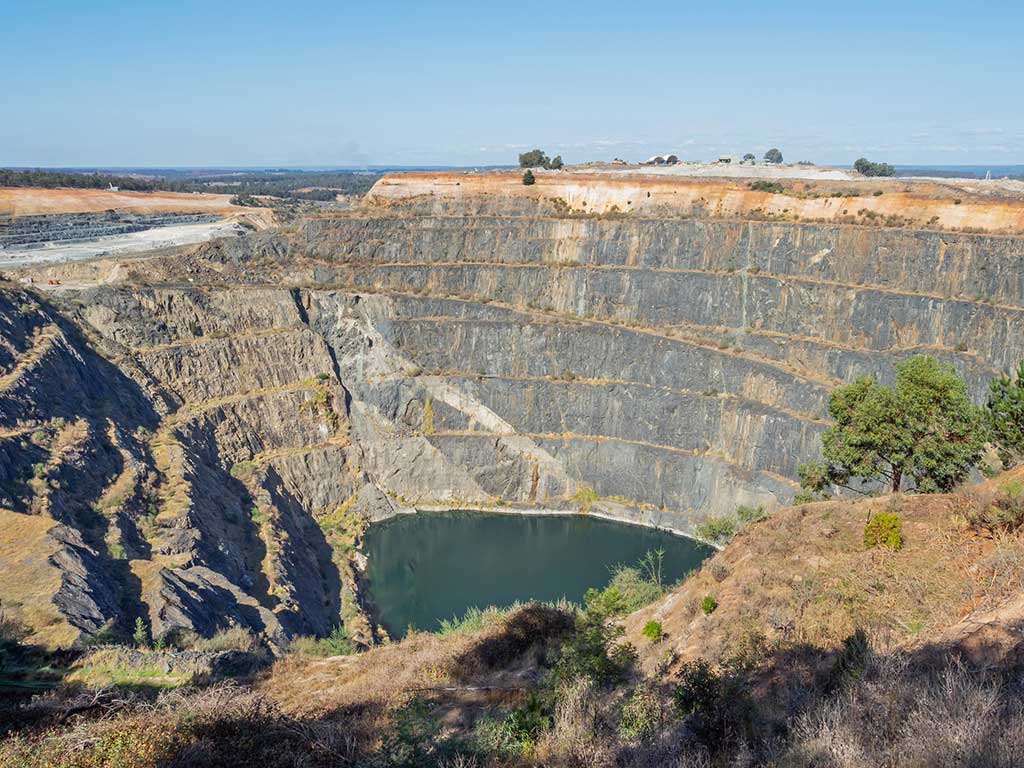Compositional and traceability analysis of lithium ores and concentrates by LA-ICP-MS and GDMS
Home » Compositional and traceability analysis of lithium ores and concentrates by LA-ICP-MS and GDMS
INTRODUCTION
Lithium-ion batteries (LIBs) are an essential technology for the clean energy transition currently in progress across the globe. LIBs power everything from smart phones and implantable medical devices to electric vehicles (EVs) and whole home backup power systems. The market for LIBs will only increase as the need for advanced energy storage grows hand-in-hand with the broad adoption of renewable energy sources like wind turbines and solar panels.
A recent study by McKinsey Battery Insights1 found that the LIB supply chain is expected to grow by ~30% annually through 2030, by which time the global demand for LIB capacity is estimated to reach ~4700 Gigawatt hours (GWh) from ~700 GWh in 2022. Demand will overwhelmingly be driven by mobility applications like EVs, with stationary storage and consumer electronics demand also anticipated to grow simultaneously. The tremendous economic opportunity represented by LIBs as part of the clean energy transition is accompanied by the responsibility to overcome the environmental, social, and governance challenges that the battery value chain will face from mining through recycling.
As a leading global scientific services provider with deep experience in materials science and engineering disciplines, Eurofins EAG Laboratories stands ready to help clients working in all stages of the battery value chain achieve their business goals and contribute to the decarbonization of the global economy.

Lithium ore, also known as hard-rock lithium, is derived from mining and is one of the two major raw material sources for lithium production for industrial applications. The other source is continental lithium brines in which lithium weathers out of rock, is transported in solution by water, and then is trapped in inland basins and naturally concentrated by evaporation. This application note will focus on hard rock lithium. The most important minerals for lithium mining are spodumene (Li2O, Al₂O₃·4SiO₂) and petalite (Li2O, Al₂O₃·8SiO₂). Both minerals occur in granitic pegmatites, a type of igneous rock characterized by its coarse texture and mineralogical composition dominated by quartz, feldspar, and mica.
Would you like to learn more?
Contact us today for your testing needs. Please complete the form below to have an EAG expert contact you.